Your vital organs—screened
Scan your body for potential cancer and 500+ conditions in up to 13 organs.



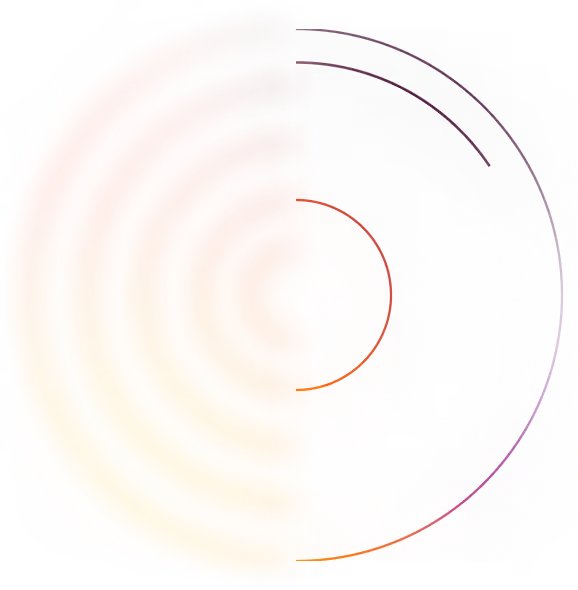
Our scan is designed to










"A large part of the credit for this great prognosis goes to early detection: given that the tumor was found so early, it was easier to remove surgically, and any spread is unlikely"

Most people diagnosed with cancer twice can’t say cancer and lucky in the same sentence. I'm so thankful to have caught these cancers early.


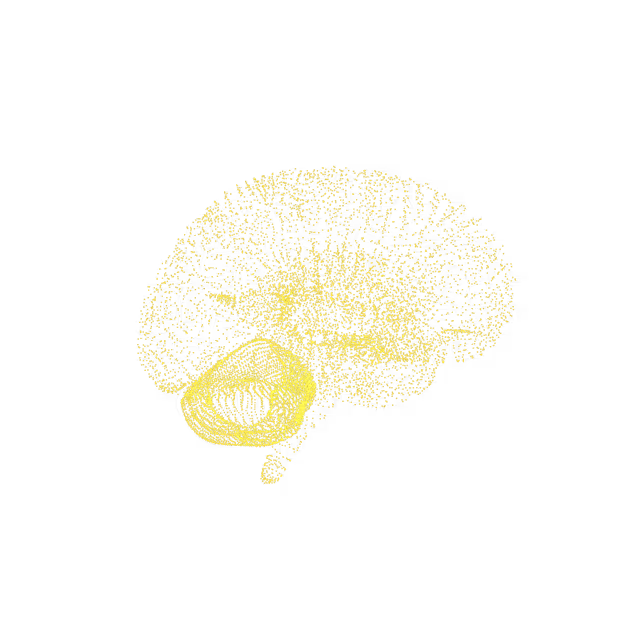
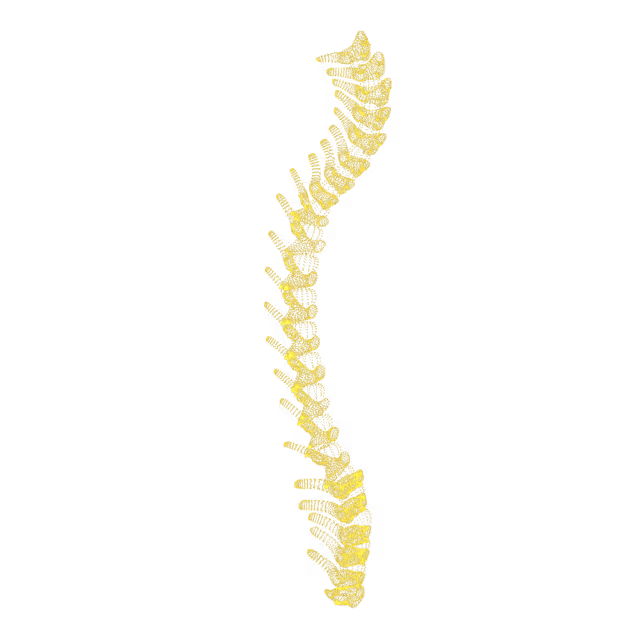
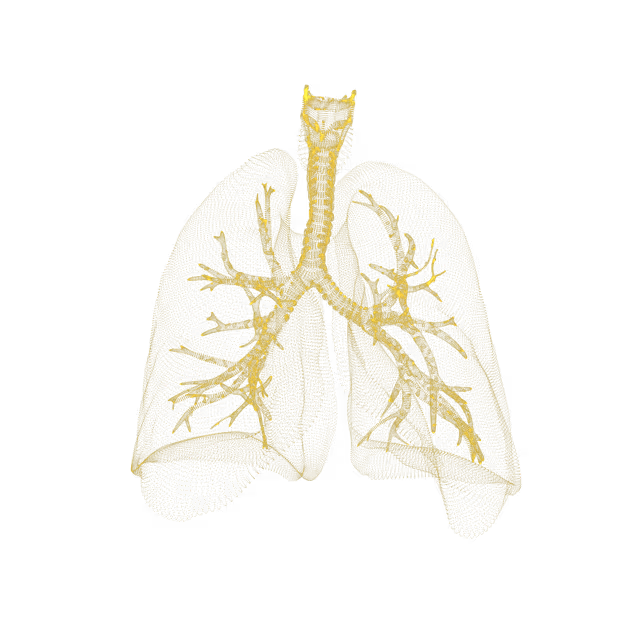
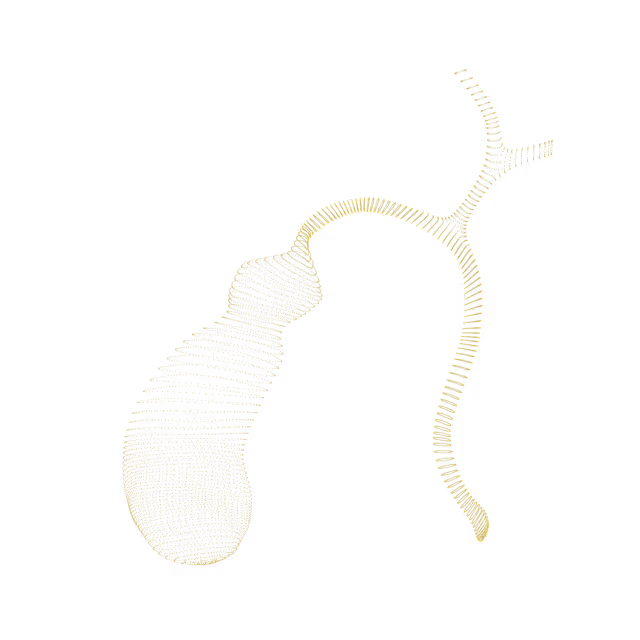
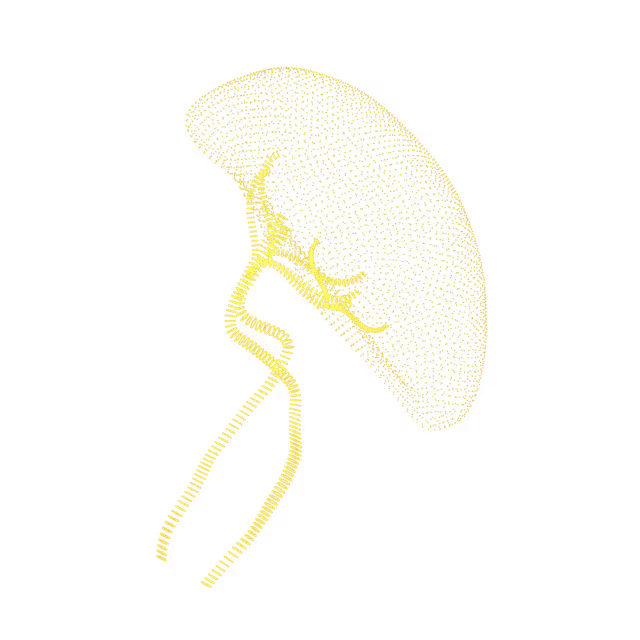
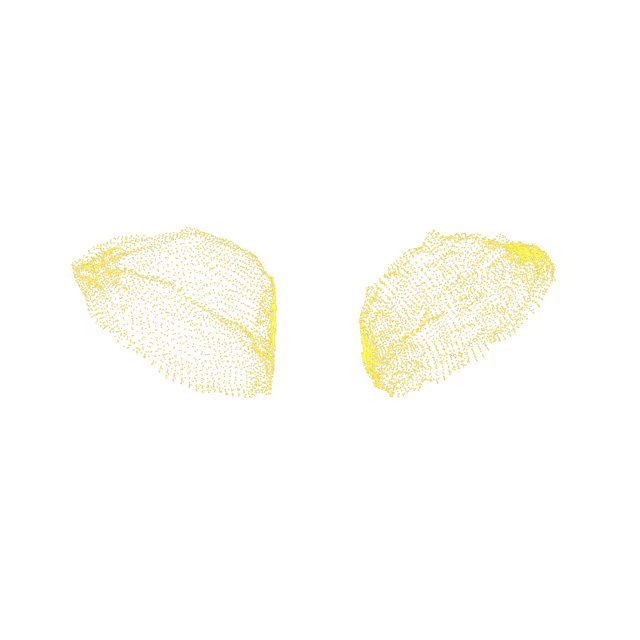
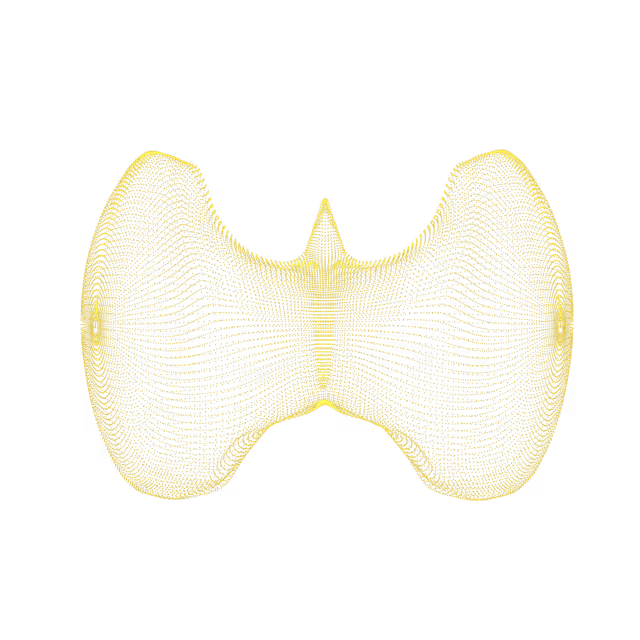
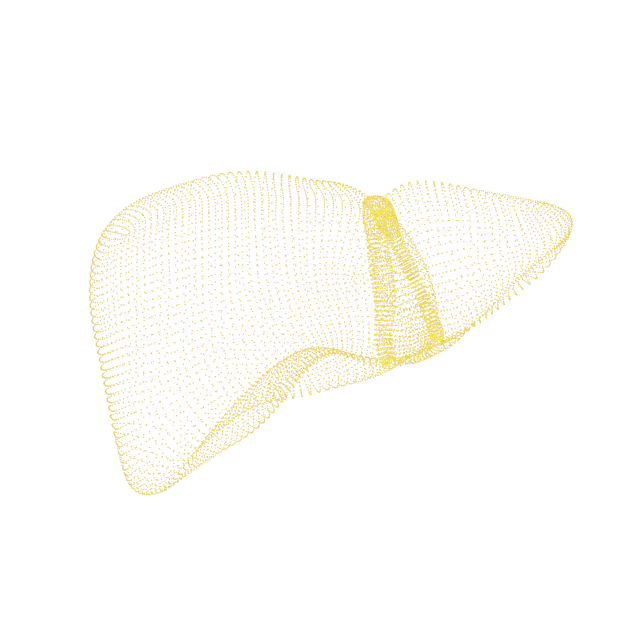
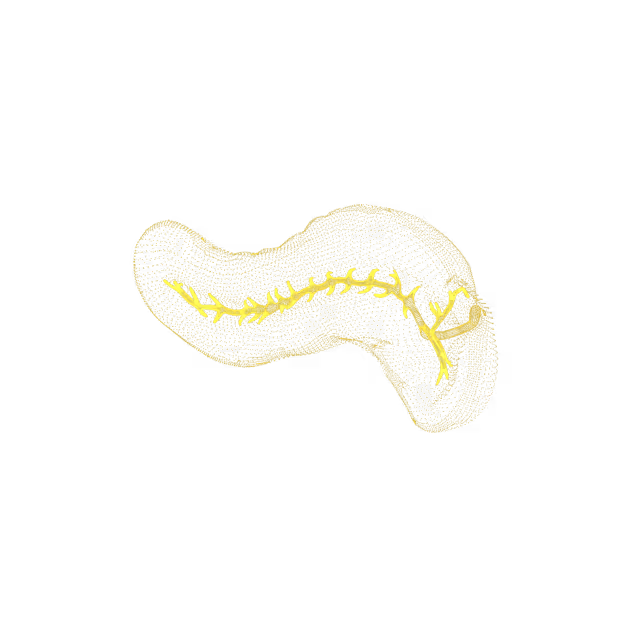
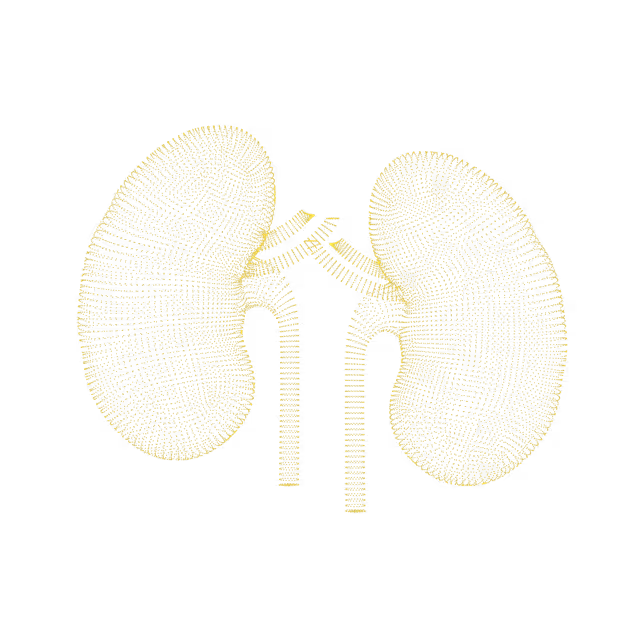
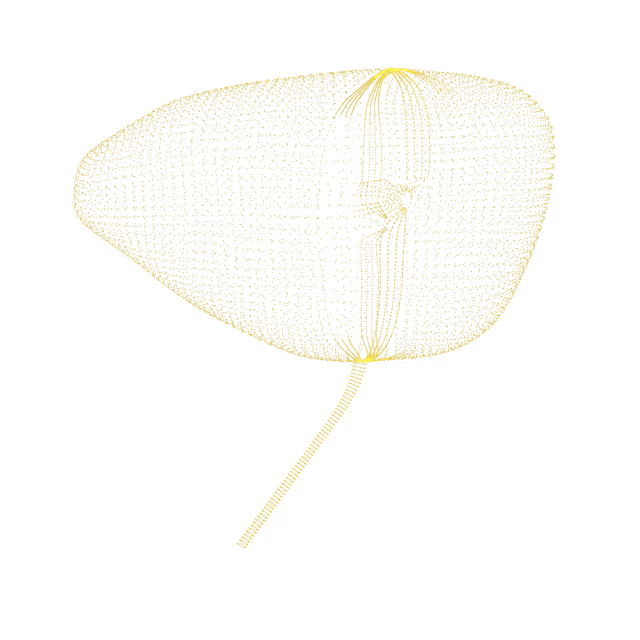
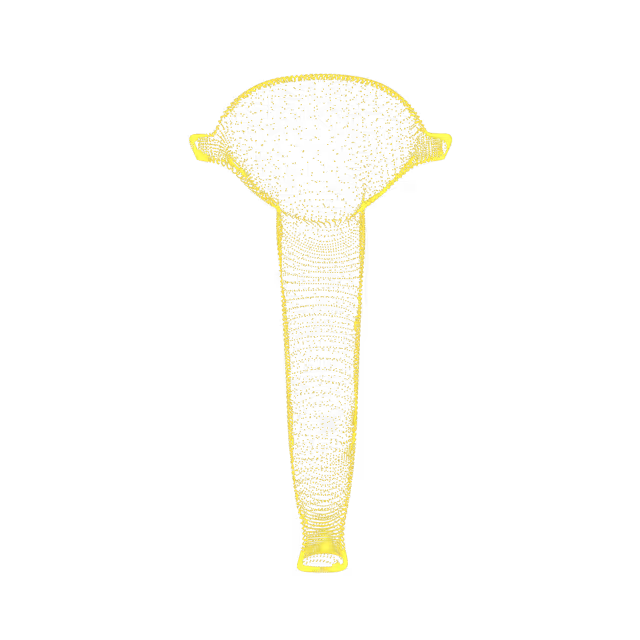
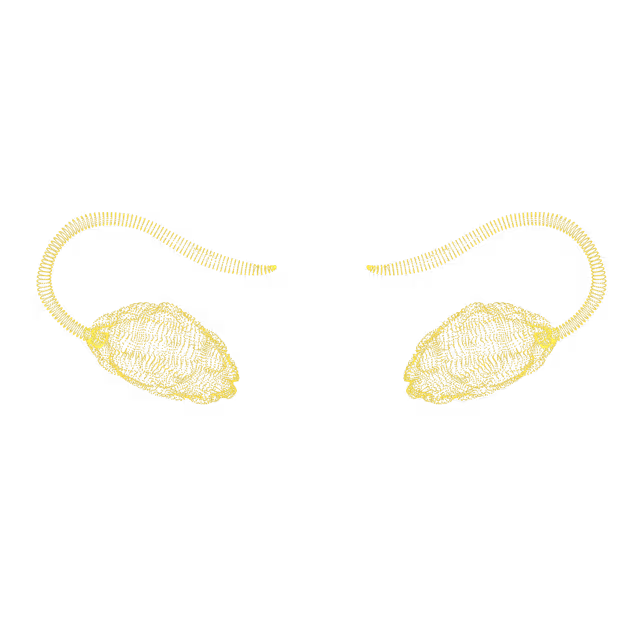
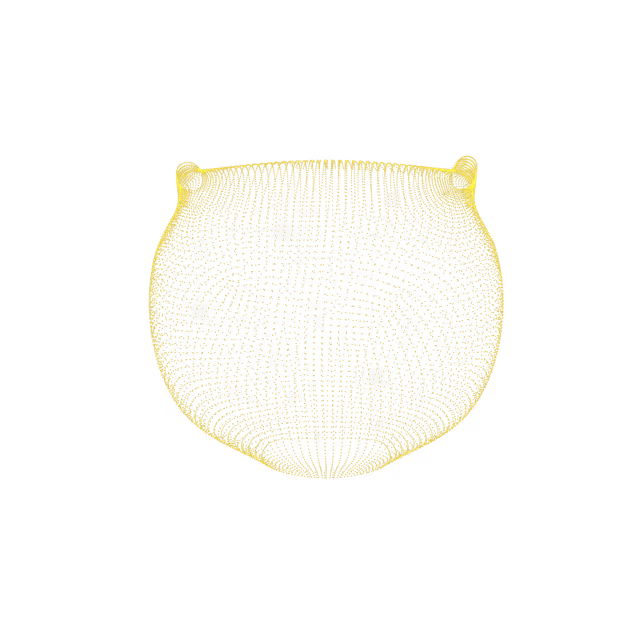

Sometimes the salts and minerals in the urine can crystalize and form bladder stones. Factors that increase the risk of developing bladder stones include inflammation of the bladder caused by infections, foreign material present within the bladder, kidney stones, and underlying conditions (e.g. prostate gland enlargement, neurogenic bladder) that affect the bladder's ability to hold, store or eliminate urine. Most bladder stones less than or equal to 5 mm in diameter pass out of the body spontaneously and asymptomatically (with no symptoms). If a bladder stone does get stuck or irritates the bladder wall, it can cause symptoms of lower abdominal pain, difficulty urinating or interrupted urine flow, bloody urine, and painful or frequent urination.
There are several possible causes of bladder wall calcification including cystitis (inflammation of the bladder), radiation to the area, schistosomiasis (a disease caused by parasitic worms that live in infested water located in tropical and subtropical regions), tuberculosis, and neoplasia (cancerous or non-cancerous growth). A diagnosis can usually be obtained from a combination of history, clinical examination, appropriate laboratory studies, and imaging of the bladder calcification and remaining urinary tract.
A bladder diverticulum forms when some of the bladder lining pokes through a weak part in the bladder wall. A bladder diverticulum can either be congenital (from birth) or acquired (present later in life). Acquired bladder diverticula (when there is typically more than 1 diverticulum present) are most often caused by a blockage in the bladder outlet (such as from a swollen prostate or scars in the urethra [the tube that carries urine from the bladder out of the body]), the bladder not working well due to nerve injury or, rarely, from prior bladder surgery. Acquired diverticula are most often seen in older men, who tend to get bladder outlet blocks.
Hydroureter refers to dilation of the ureter(s), the narrow tube urine travels down from the kidneys into the bladder. It is most often caused by obstruction of urine outflow due to blockage of the ureter(s) by calculi (stones), chronic inflammation, neoplasia (cancerous or noncancerous growth), or accidental ligation during surgery.Symptoms are variable, but may include pain, either in the side and/or back (known as flank pain), nausea, and/or vomiting. Treatment is based on the cause.
Bladder polyps are abnormal growths in the bladder lining that may be benign (non-cancerous) or malignant (cancerous). Risk factors for bladder polyps include cigarette smoking and gender, with men being more commonly affected. Usually bladder polyps do not cause symptoms, but when symptoms do occur, they may include a constant or urgent need to urinate, pain while urinating, blood in the urine and pain in the abdomen and/or pelvis.
A collapsed, or incompletely distended bladder, indicates that at the time of MRI examination, the bladder was not full of urine. This finding does not indicate any underlying condition.
The median lobe is located between the ejaculatory ducts and the urethra (the tube that carries urine from the bladder out of the body) in the central zone of the prostate. Hypertrophy refers to an increase in the size and number of cells in this part of the prostate. When there is overgrowth of the prostatic median lobe into the bladder, it can cause bladder outlet obstruction and related storage and voiding symptoms. While minimal hypertrophic changes may not cause symptoms, progression of these changes (also known as benign prostatic hyperplasia or BPH) may cause lower urinary tract symptoms including needing to urinate often (especially at night), difficulty starting to urinate and having a weak urine stream.
Trabeculation of the bladder describes when the bladder walls have become thicker and less elastic (less stretchy). This occurs when the urethra (the tube the urine passes through to exit the body from the bladder) is repeatedly blocked (obstructed). With the loss of elasticity, the bladder does not fill and empty as well, causing urinary symptoms such as a slow urine stream, frequent urge to urinate and/or the sensation of incomplete emptying of the bladder.
A urachal cyst is a sac-like pocket of tissue that develops in the urachus (a structure that connects the umbilical cord to the bladder during fetal development). Although it normally disappears prior to birth, part of the urachus may remain in some individuals. Urachal cysts are often not associated with any signs or symptoms unless there are complications such as infection. In these cases, symptoms may include abdominal pain, fever, pain with urination and/or blood in the urine.
A bladder wall lipoma is a non-cancerous growth (i.e. tumor) of fat cells arising from the wall of the urinary bladder. Although lipomas are the most common non-cancerous masses found in the body, bladder tissue involvement is rare. This condition is typically found in passing (incidentally) on bladder imaging of individuals who are experiencing lower urinary tract symptoms (e.g. urgency, frequency, painful urination or incontinence) and/or the presence of blood in the urine. However, some individuals with a bladder wall lipoma may be asymptomatic (do not have symptoms). Although bladder wall lipomas do not carry any malignant (cancerous) potential, it must be differentiated from lesions that are potentially cancerous (e.g. liposarcoma).


© 2025 Ezra